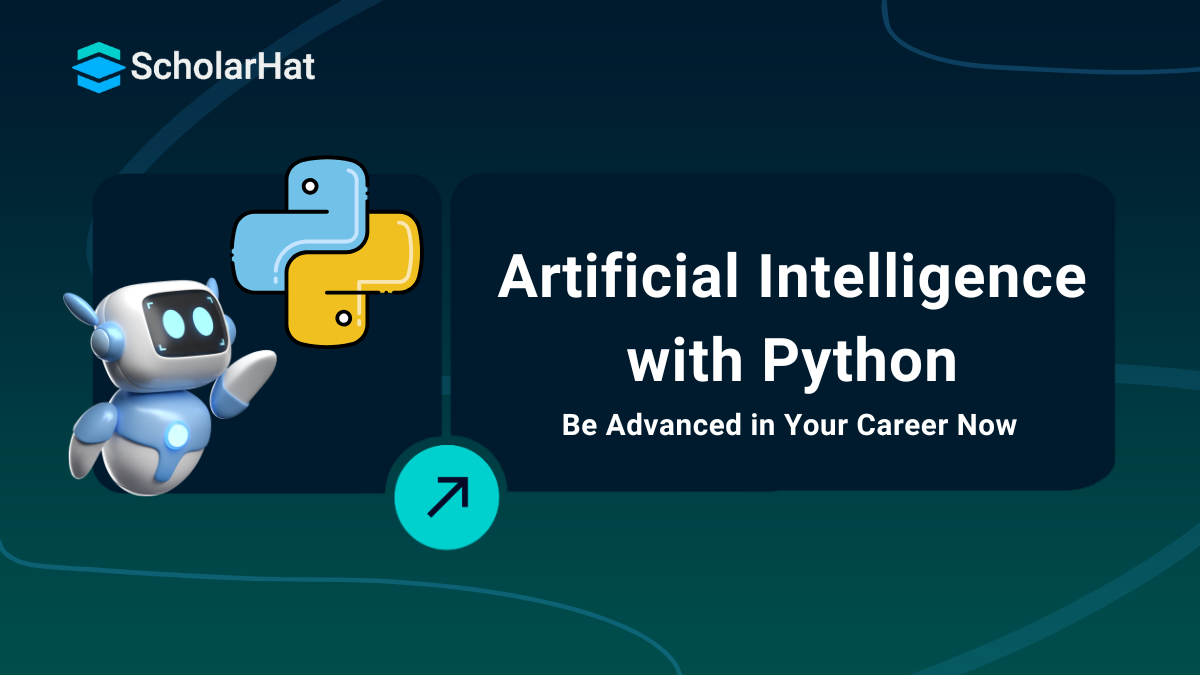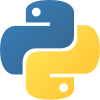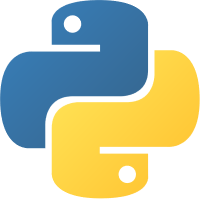21
DecLearn AI with Python:Beginner Guide
In this Python Tutorial, we’ll take you on a journey through the fascinating world of AI. From the basics of machine learning to the advanced concepts of deep learning and generative AI, you’ll learn how to use Python’s powerful tools and libraries to build intelligent systems. 95% of beginners struggle to master Python without guidance. Start your journey with our Free Python Course and code like a pro in weeks!
What is Artificial Intelligence?
Artificial Intelligence (AI) refers to the simulation of human intelligence in machines. These machines are programmed to think, learn, and make decisions like humans. AI encompasses various subfields, including:
- Machine Learning (ML): Teaching machines to learn from data and make predictions.
- Deep Learning (DL): A subset of ML that uses neural networks to model complex patterns.
- Natural Language Processing (NLP): Enabling machines to understand and generate human language.
- Computer Vision (CV): Helping machines interpret and analyze visual data.
- Generative AI: Creating new content, such as images, text, or audio, using AI models.
The ultimate goal of AI is to create systems that can perform tasks that typically require human intelligence, such as problem-solving, decision-making, and creativity.
Why Use Python for Artificial Intelligence?
Python is the go-to language for AI development, and here's why:
- Simple and Clear Syntax: Python's syntax is easy to read and write, making it beginner-friendly and efficient for rapid development.
- Rich Ecosystem: Python has a vast collection of libraries and frameworks specifically designed for AI, such as TensorFlow, PyTorch, and Scikit-learn.
- Strong Community Support: Python has a large and active community of developers, researchers, and enthusiasts who contribute to its growth. You can find tutorials, forums, and resources to help you at every step.
- Versatility: Python is not limited to AI. It’s also used in web development, data analysis, automation, and more, making it a versatile tool for any developer.
Top Python Frameworks for AI
Python offers top Python frameworks for AI. Below are some of the most widely used Python frameworks and libraries for AI:
1. Machine Learning Frameworks
These frameworks are primarily used for building and training machine learning models.
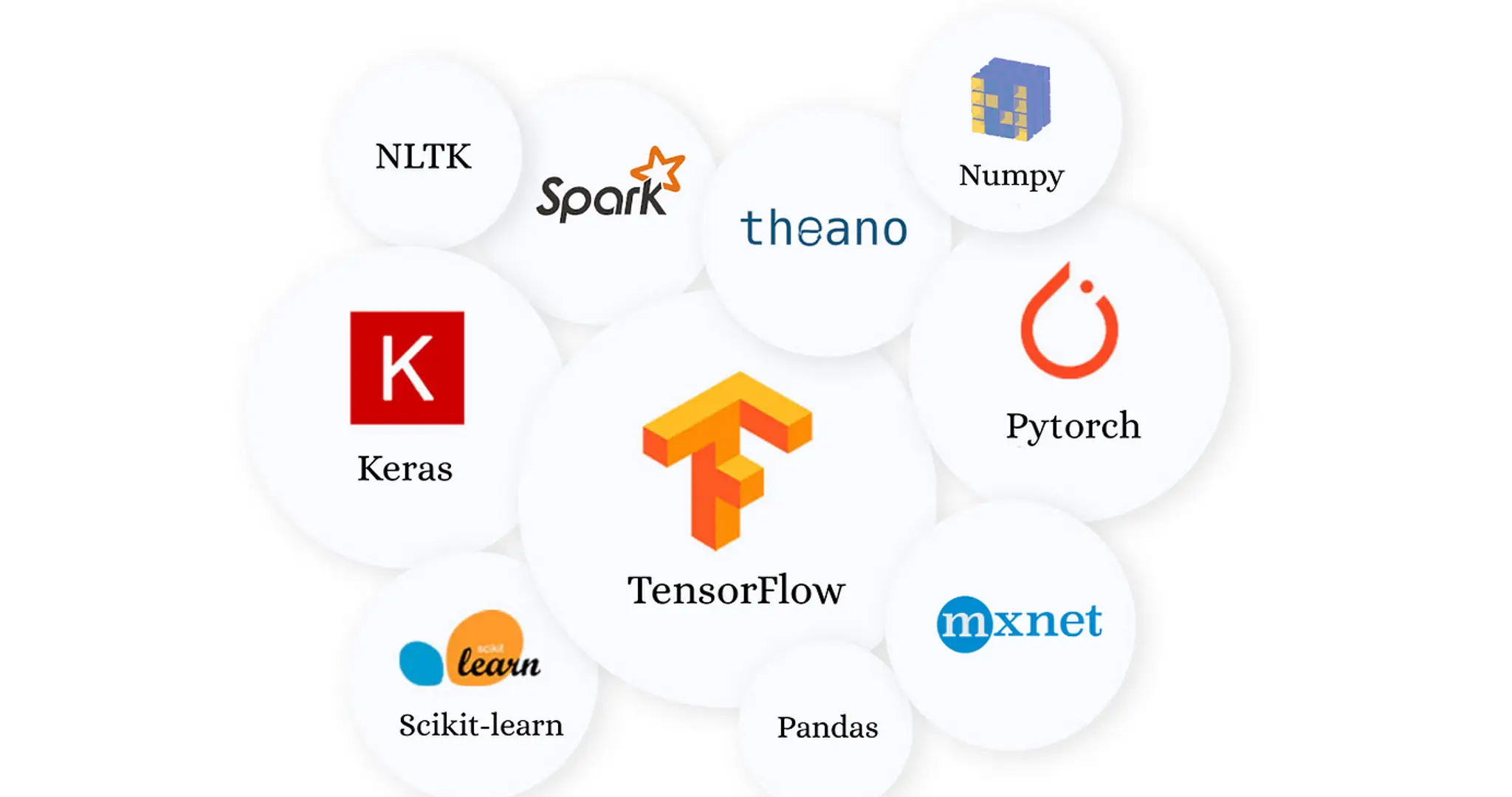
Scikit-learn
- A versatile library for classical machine learning algorithms (e.g., regression, classification, clustering).
- Great for beginners and prototyping.
- Website: scikit-learn.org
TensorFlow
- Developed by Google, TensorFlow is a powerful framework for deep learning and neural networks.
- Supports both CPU and GPU computation.
- Widely used for research and production.
- Website: tensorflow.org
PyTorch
- Developed by Facebook, PyTorch is a flexible and dynamic deep learning framework.
- Popular in research due to its ease of use and debugging capabilities.
- Website: pytorch.org
XGBoost
- A highly optimized library for gradient boosting algorithms.
- Commonly used in competitions like Kaggle for structured/tabular data.
- Website: xgboost.ai
LightGBM
- Another gradient boosting framework optimized for speed and efficiency.
- Works well with large datasets.
- Website: lightgbm.readthedocs.io
2. Deep Learning Frameworks
These frameworks are specialized for building and training deep neural networks.
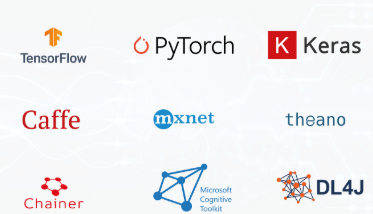
Keras
- A high-level API built on top of TensorFlow for easy and fast prototyping of deep learning models.
- Great for beginners.
- Website: keras.io
Fast.ai
- A high-level library built on PyTorch, designed to make deep learning more accessible.
- Focuses on practical applications and rapid development.
- Website: fast.ai
MXNet
- A flexible and efficient deep learning framework supported by Apache.
- Known for its scalability and support for multiple programming languages.
- Website: mxnet.apache.org
3. Natural Language Processing (NLP) Frameworks
NLP frameworks are tailored for working with text data and language models.
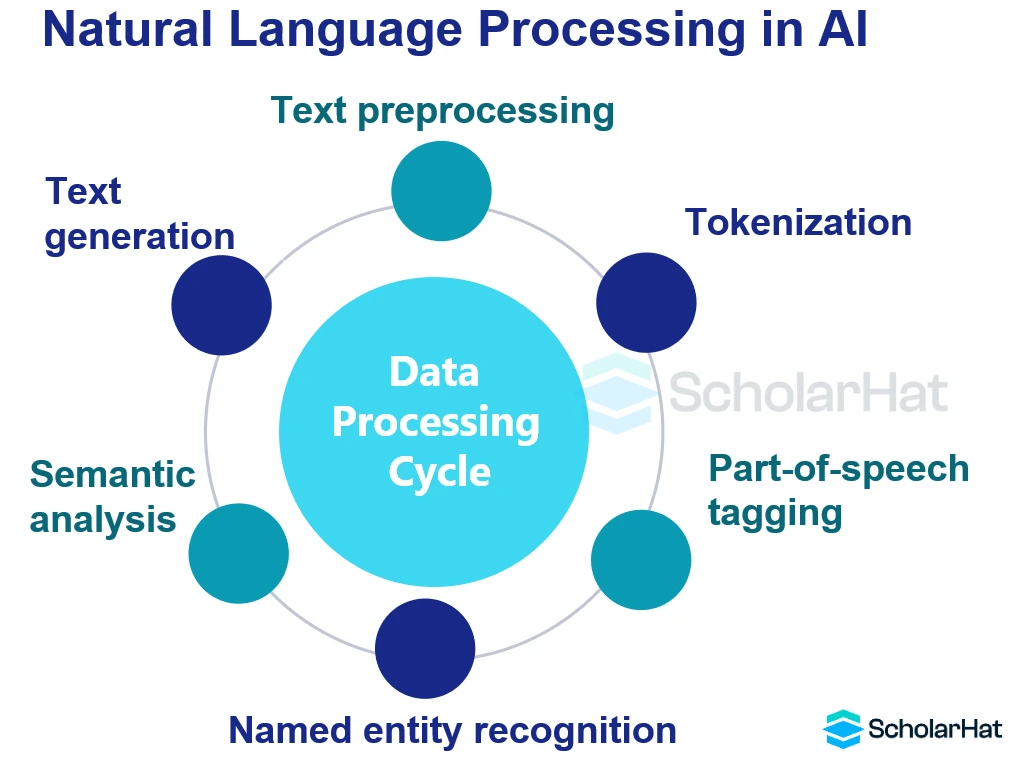
Hugging Face Transformers
- A library for state-of-the-art NLP models like BERT, GPT, and T5.
- Provides pre-trained models and tools for fine-tuning.
- Website: huggingface.co
spaCy
- A library for advanced NLP tasks like tokenization, named entity recognition, and part-of-speech tagging.
- Designed for production use.
- Website: spacy.io
NLTK (Natural Language Toolkit)
- A comprehensive library for NLP tasks, often used for teaching and research.
- Website: nltk.org
Gensim
- A library for topic modeling and document similarity analysis.
- Commonly used for unsupervised NLP tasks.
- Website: radimrehurek.com/gensim
4. Computer Vision Frameworks
These frameworks are designed for image and video processing tasks.
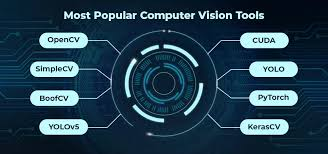
OpenCV
- A powerful library for computer vision tasks like image processing, object detection, and video analysis.
- Website: opencv.org
YOLO (You Only Look Once)
- A real-time object detection framework.
- Implemented in libraries like Darknet and PyTorch.
- Website: pjreddie.com/darknet/yolo
Detectron2
- A Facebook AI Research library for object detection and segmentation.
- Built on PyTorch.
- Website: github.com/facebookresearch/detectron2
5. Reinforcement Learning Frameworks
These frameworks are used for building and training reinforcement learning models.
Stable-Baselines3
- A library for reinforcement learning algorithms built on PyTorch.
- Website: github.com/DLR-RM/stable-baselines3
OpenAI Gym
- A toolkit for developing and comparing reinforcement learning algorithms.
- Provides a variety of environments for testing.
- Website: gym.openai.com
Ray RLlib
- A scalable reinforcement learning library for distributed training.
- Website: docs.ray.io/en/latest/rllib
6. AutoML Frameworks
These frameworks automate the process of model selection and hyperparameter tuning.
AutoKeras
- An AutoML library for deep learning built on TensorFlow.
- Website: autokeras.com
TPOT
- A Python library that automates the machine learning pipeline using genetic programming.
- Website: epistasislab.github.io/tpot
H2O.ai
- An open-source AutoML platform for machine learning.
- Website: h2o.ai
7. General AI and Data Science Libraries
These libraries are useful for general AI and data science tasks.
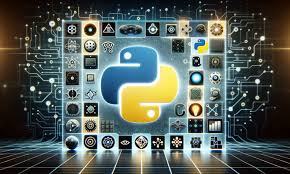
Pandas
- A library for data manipulation and analysis.
- Website: pandas.pydata.org
NumPy
- A library for numerical computing in Python.
- Website: numpy.org
Matplotlib and Seaborn
- Libraries for data visualization.
- Websites: matplotlib.org, seaborn.pydata.org
8. Specialized AI Frameworks
AllenNLP
- A library for NLP research built on PyTorch.
- Website: allennlp.org
DeepSpeech
- A library for speech-to-text tasks, developed by Mozilla.
- Website: github.com/mozilla/DeepSpeech
Rasa
- A framework for building conversational AI (chatbots).
- Website: rasa.com
Choosing the Right Framework
The choice of framework depends on your specific use case:
- For classical machine learning, start with Scikit-learn.
- For deep learning, choose between TensorFlow and PyTorch.
- For NLP, Hugging Face Transformers and spaCy are excellent choices.
- For computer vision, OpenCV and Detectron2 are widely used.
Each framework has its strengths, so it’s worth experimenting with a few to find the one that best suits your needs.
Machine Learning with Python
Machine Learning (ML) is a subset of AI that focuses on teaching machines to learn from data and make predictions or decisions without being explicitly programmed. Python is widely used for ML due to its simplicity and powerful libraries.
Types of Machine Learning
- Supervised Learning:
- The algorithm learns from labeled data, where each input has a corresponding output.
- Regression Algorithms are used for predicting continuous values.
- Linear Regression
- Polynomial Regression
- Support Vector Regression (SVR)
- Classification Algorithms: Used for predicting discrete values.
- Logistic Regression
- Decision Trees
- Support Vector Machines (SVM)
- k-Nearest Neighbors (kNN)
- Naive Bayes
- Unsupervised Learning:
- The algorithm learns from unlabeled data and identifies patterns or structures.
- Clustering Algorithms:
- K-means
- Hierarchical Clustering
- DBSCAN
- Dimensionality Reduction:
- Principal Component Analysis (PCA)
- t-SNE
- Linear Discriminant Analysis (LDA)
- Reinforcement Learning:
- The algorithm learns by interacting with an environment and receiving feedback in the form of rewards or penalties.
- Applications: Games, robotics, self-driving cars.
- Algorithms:
- Q-learning
- Deep Q Network (DQN)
- REINFORCE
- Actor-Critic
Deep Learning with Python
Deep Learning is a subset of ML that uses neural networks to model complex patterns in data. It is inspired by the structure and function of the human brain.
Fundamentals of Deep Learning
- Gradient Descent: An optimization algorithm used to minimize the loss function.
- Backpropagation: A method for training neural networks by adjusting weights based on error.
- Hyperparameters: Parameters that control the learning process, such as learning rate and batch size.
- Loss Functions: Functions that measure the difference between predicted and actual values.
Deep Learning Architectures
- Perceptron: The simplest form of a neural network.
- Feedforward Neural Networks (FNN): Networks where information flows in one direction.
- Multi-Layer Perceptron (MLP): A type of FNN with multiple layers.
- Convolutional Neural Networks (CNNs): Used for image recognition and processing.
- Recurrent Neural Networks (RNNs): Used for sequential data like time series or text.
- Long Short-Term Memory (LSTM) Networks: A type of RNN that can remember long-term dependencies.
- Autoencoders: Used for unsupervised learning and dimensionality reduction.
Natural Language Processing (NLP) with Python
NLP enables machines to understand, interpret, and generate human language. Python libraries like NLTK, SpaCy, and Transformers make NLP tasks easier.
Text Processing and Representation
- Text Processing:
- Tokenization
- Stemming
- Lemmatization
- Stop Words Removal
- Part-of-Speech (POS) Tagging
- Text Representation:
- Bag-of-Words (BoW)
- Word Embeddings (Word2Vec, GloVe, FastText)
- TF-IDF
NLP Applications
- Sentiment Analysis
- Machine Translation
- Text Summarization
- Named Entity Recognition (NER)
Computer Vision (CV) with Python
Computer Vision enables machines to interpret and analyze visual data. Python libraries like OpenCV and TensorFlow are widely used for CV tasks.
Image Processing and Transformation
- Image Enhancement
- Edge Detection
- Smoothing and Blurring
- Image Denoising
Image Recognition Architectures
- AlexNet
- VGGNet
- ResNet
- MobileNet
Object Detection Architectures
- YOLO (You Only Look Once)
- SSD (Single Shot Detector)
- Faster R-CNN
Generative AI with Python
Generative AI models create new content, such as images, text, or audio, by learning patterns from existing data.
Image Generation Architectures
- Variational Autoencoders (VAE)
- Generative Adversarial Networks (GANs)
- StyleGANs
Text Generation Architectures
- Transformers
- GPT (Generative Pre-trained Transformer)
- BERT
Audio Generation Architectures
- WaveNet
- Tacotron2
Conclusion
Python is a powerful and versatile language for AI development. Its simplicity, rich ecosystem, and strong community support make it an ideal choice for building AI models and applications.
Top Full-Stack Python Developers earn ₹25–35 LPA. Don’t settle for less. Enroll in our Full-Stack Python Developer Course to fast-track your career!
FAQs
Take our Python skill challenge to evaluate yourself!

In less than 5 minutes, with our skill challenge, you can identify your knowledge gaps and strengths in a given skill.

